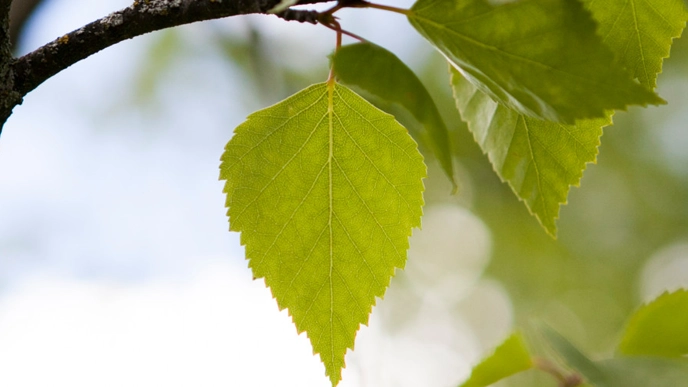
Diversification of Swedish forest to ensure its resilience and multifunctionality
KEY POINTS- Silver birch’s potential as a sustainable complement to spruce and pine.
- Four subprojects on management, production, economy, and biodiversity.
- Policy and expanded use of birch in forestry.
Project overview
Participants
More related research
Global goals
- 9. Industry, innovation and infrastructure
- 13. Climate action
- 15. Life on land
Short summary
This research project will particularly investigate the potential of planted silver birch for future sustainable forest production in Sweden.
Norway spruce and Scots pine totally dominate Swedish forest production, but recent damage to these tree species is jeopardizing future sustainable forest production. It is extremely important that tree species used in forestry is more diversified.
Advantages with silver birch
Planted silver birch (Betula pendula) has several advantages for being a substantial addition to traditional tree species in Swedish forestry. It has high production and wood quality which makes it a tree species for industrial use for plywood, fiber, and furniture with clear potential for market expansion.
In this project, we will set the base for a large introduction of planted silver birch in Swedish production forests. The project is organised into four work packages that address important knowledge gaps.
Four work packages
Work package 1 investigates the effect of various regeneration and stand management treatments on stand- and individual tree growth, and the risks/benefits to future wood quality.
Work package 2 investigates landscape level effects of large-scale introduction of birch on production, harvests, and profitability of forest management, and on forest properties relevant to important ecosystem services.
In work package 3 the biodiversity and socio-ecological implications are assessed, identifying ways to reduce the costs and optimize the benefits to forest biodiversity from short-rotation birch.
Work package 4 employs an interdisciplinary framework to examine the potential for system innovations to promote more birch based on the current forest policy guidelines.